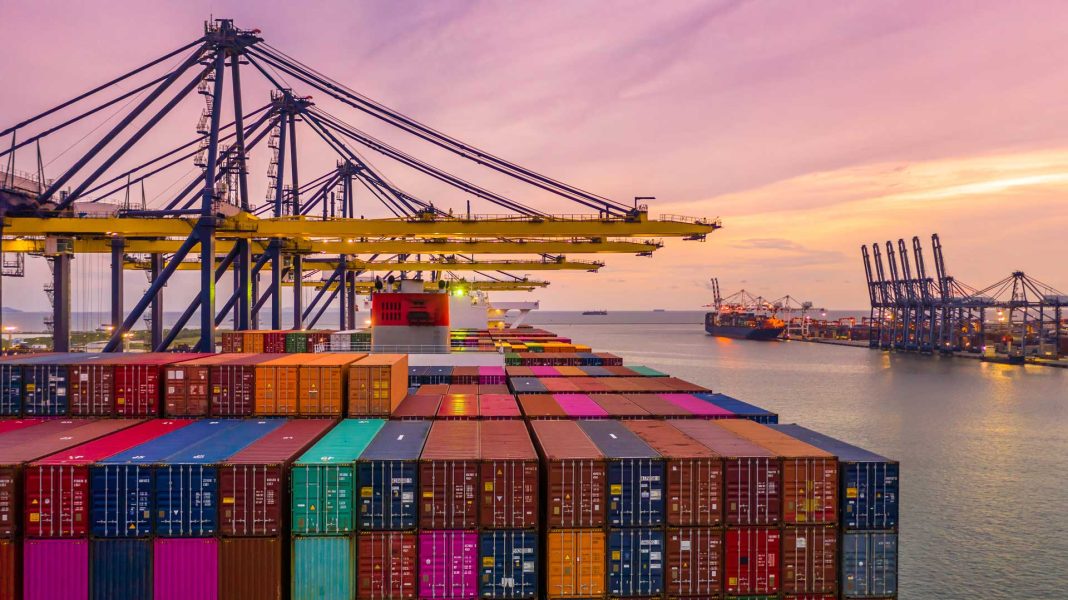Economic growth in Pakistan slowed to just 1.7% during the second quarter of the current fiscal year, driven primarily by gains in the livestock and services sectors, which benefited from decreased inflation. However, tight economic conditions persisted due to limited fiscal space and structural challenges.
High borrowing rates, growing energy prices, and unfavorable weather patterns were among the major obstacles that the productive sectors of industry and agriculture had to overcome. This year’s 12.6% drop in sugar production has sparked worries about possible supply problems later in the year. Prime Minister Shehbaz Sharif’s administration nevertheless authorized the export of 796,000 metric tons of sugar during the previous 12 months.
Awais Manzur Sumra, the secretary of planning and development, presided over the 112th meeting of the National Accounts Committee (NAC), which approves economic output, savings, and investment rates. The meeting took place on Wednesday. For the October–December quarter, the NAC authorized a preliminary GDP growth rate of 1.73%, which is marginally less than the 1.8% growth rate observed during the same time last fiscal year. It now seems doubtful that the government would meet its lofty 3.6% annual growth target for the fiscal year 2024–2025.
Additionally, the NAC increased the economic growth estimate for the July–September quarter from 0.9% to 1.34%. The economy’s incapacity to create enough jobs to accommodate the growing youth labor force was highlighted by the average growth rate for the first half of the fiscal year, which was roughly 1.5%. This was significantly lower than the population growth rate.
The growth of the industrial sector was severely hampered in July by the government’s record tax levy of Rs1.4 trillion and increases in electricity prices of up to 51%. Despite a notable drop in inflation to 1.5% this month, the State Bank of Pakistan (SBP) lost the chance to cut interest rates below 10%, even though a fall in interest rates is anticipated to offer some respite. However, there isn’t much space for economic stimulus due to budgetary restrictions.
In the meantime, the Power Division is having difficulty fulfilling the prime minister’s order to reduce electricity costs by Rs6 per unit.
Agriculture sector
In contrast to the 5.8% growth observed during the same period last fiscal year, the agricultural sector rose by just 1.1% in the second quarter, according to the NAC. While input costs remained high, the sector suffered from drought-like weather and the sudden removal of support price mechanisms.
The second quarter saw a 7.7% decrease in key crop production, with cotton output dropping by over 31% to 7.1 million bales, a decrease of 3.1 million bales. Sugarcane production dipped 2.3% to 85.6 million tonnes, maize production fell 15.4%, and rice production fell 1.4% to 9.7 million tonnes. Minimal growth of 0.7% was observed in minor crop output.
Despite a 20% decline in cotton ginning output, the livestock industry grew by 6.5 percent thanks to cheaper intermediate consumption, such as dry and green feed. While fishing showed a slight increase of 0.8%, forestry saw a fall.
Industrial sector
The second quarter saw a 0.2% contraction in the industrial sector, which is a major source of jobs and taxes.
The NAC reports that decreased coal, oil, and gas output caused a 3.3% decline in mining and quarrying. A 12.6% loss in sugar production, a 1.8% decrease in cement production, and an 18% decrease in iron and steel production were the main causes of the 2.9% dip in large-scale manufacturing.
Increased subsidies were a major factor in the 7.7% growth in the supply of gas, electricity, and water. However, because less steel and cement were produced, the building industry shrank by 7.2%.
The central bank kept interest rates at 12% even though there was potential for rate reductions, which restricted businesses’ capacity to borrow money and grow.
Services sector
The economy’s best-performing sector was the services sector, which grew by 2.6% in the second quarter. Additionally, this was greater than the 1.2% growth that was noted during the same time last year. Inflation dropped from 29% to 6.3% in the second quarter, which was the main cause of this improvement.
Due to weaker imports and a decrease in large-scale manufacturing production, wholesale and retail trade shrank by 1.1%. Road, air, and water transportation output all increased, contributing to the 1.1% growth in transportation and storage.
Thanks to decreased inflation and better performance from mobile businesses, information and communication services grew by 8.5%.
Due to a sharp decline in interest rates and deflators, the banking and insurance industry reported a 10.2% increase.
Public administration and social security services increased by 9.1%, education services by 4.8%, and real estate services by 4.1%, all of which showed slight gains.
For the latest updates and insights on new developments, visit the Socioon Blog
NEWSON – 1.7%, economic growth is flat
Q1. Why did Pakistan’s GDP growth slow to 1.7% in the second quarter?
The slowdown was primarily due to challenges in the industrial and agricultural sectors, including high borrowing costs, energy price hikes, and poor weather conditions. While the services and livestock sectors grew due to lower inflation, overall economic conditions remained tight, limiting broader growth.
Q2. What caused the decline in agricultural output, especially sugar and cotton production?
Agriculture suffered from drought-like conditions, high input costs, and the removal of support price mechanisms. Sugar production dropped by 12.6% and cotton output declined by over 31%, raising concerns about future supply issues.
Q3. How did the services sector manage to grow despite overall economic pressure?
The services sector expanded by 2.6%, driven by lower inflation (dropping from 29% to 6.3%), strong growth in banking, insurance, mobile communication services, and public administration. These areas benefited from reduced inflationary pressure and better performance metrics.


